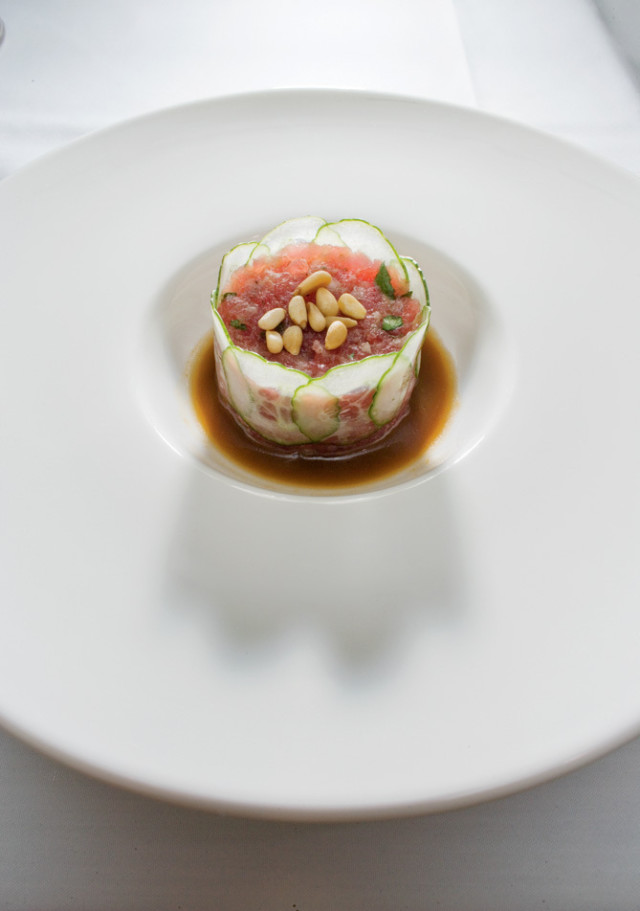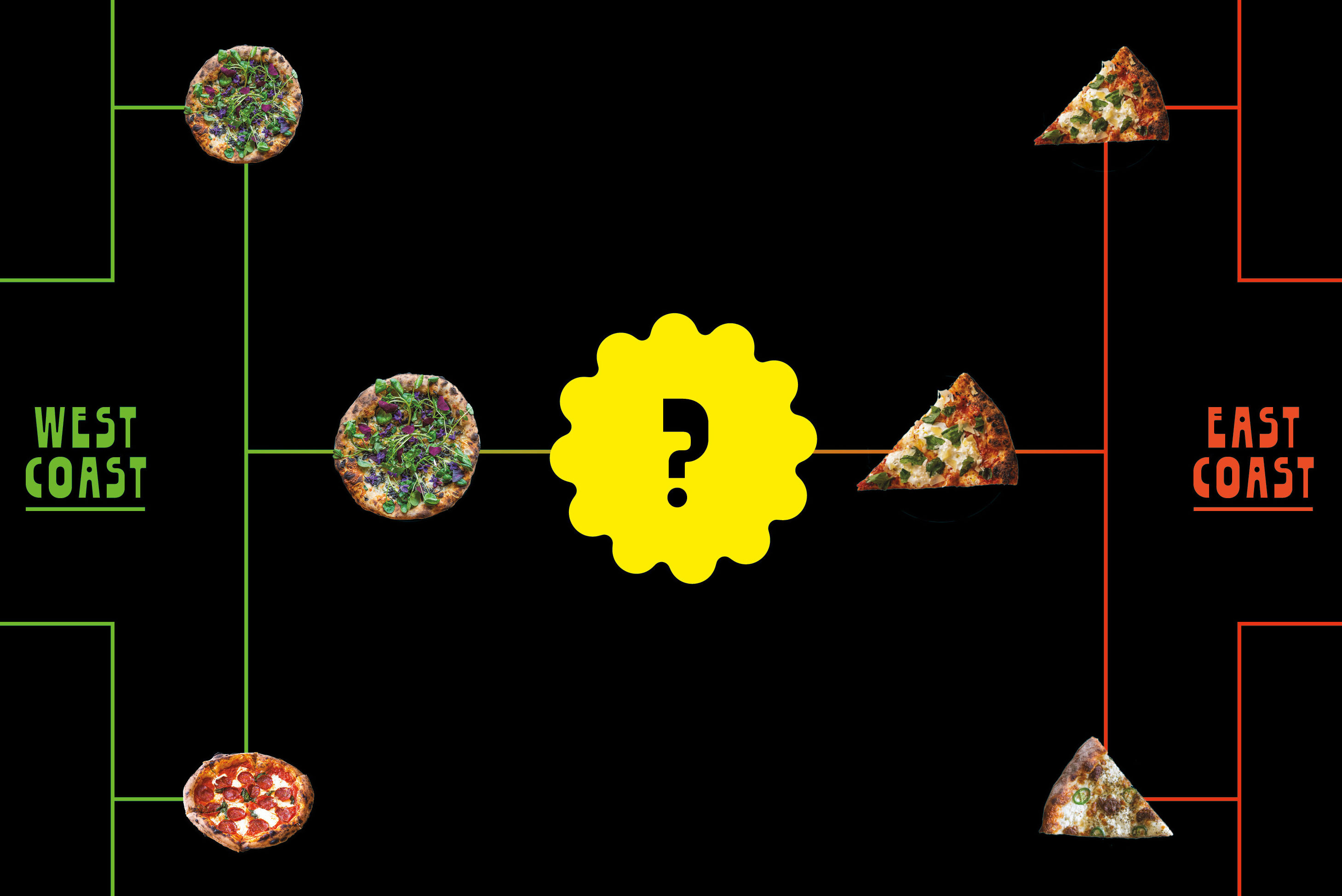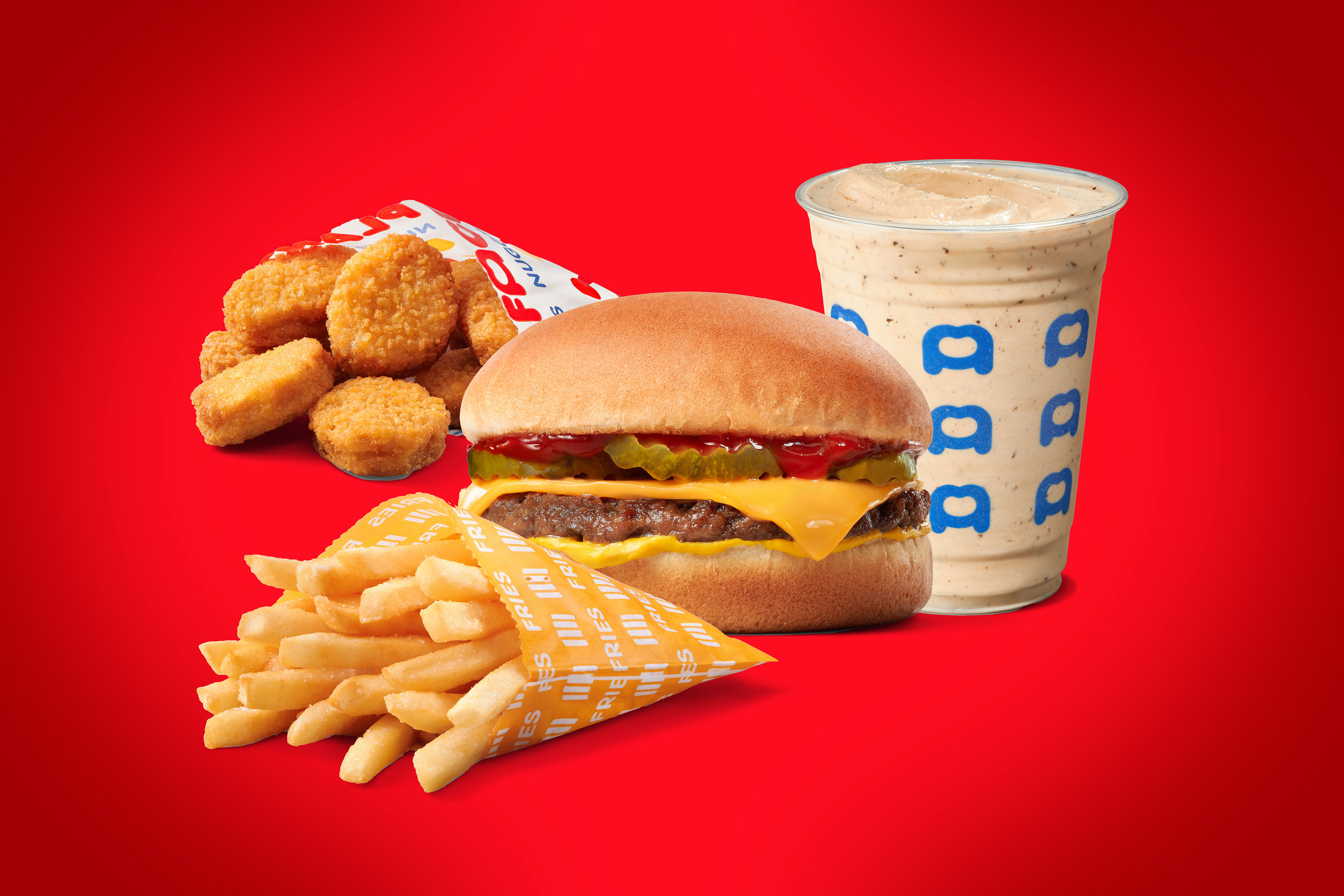Rolls of Engagement

According to sushi connoiseurs, there’s “wasabi,” as in relatively cheap horseradish that’s dried, powdered and colored with bright green dye, and there is wasabi, as in the genuine rhizome, a close kin of the mustard plant that’s pale green, hot rather than pungent, exorbitantly expensive and served freshly grated. Similarly, there are “sushi chefs,” and there are sushi chefs . Hiro Ikegaya, the previous owner of the now-defunct Hiro Sushi restaurant in Lake Oswego and the current owner of the newly opened Hiroshi in the Pearl District, is quite certainly the latter, even if he does serve “wasabi” rather than wasabi.{% display:image for:article image:1 align:left height:300 %}
Of course, considering that a single pound of fresh wasabi can fetch $100 on the market, most sushi restaurants—whether of the opulent Zen or conveyor-belt variety—don’t serve true wasabi these days. And after a taste of Ikegaya’s masterful fare—which ranges in style from classical simplicity to baroque creativity—it won’t seem necessary to hold it against him.
Besides, some of the best reasons to dine at the stark, beige Jamison Square restaurant don’t even involve that ubiquitous ball of play-dough-textured wasabi; Ikegaya’s intriguing appetizers easily serve as the main attraction. An elegant tartare of aji (a member of the yellowtail family referred to at Hiroshi as Japanese Spanish mackerel) that’s been ever-so-lightly seasoned with vinegar and shallots is served as a timbale topped with tiny slivers of sweet Japanese white yams ( yamaimo ) and a paper-thin slice of flash-fried lotus root. Soy mustard sauce provides just the right amount of dramatic heat and piquancy to bring together the simple main ingredients.
Dining here is inherently a splurge.
Also from the extensive appetizer menu, a velvety cube of monkfish liver, served like a pâté, tastes of rich cream misted with sea breeze, and it’s served with a fan of thinly sliced petals of avocado, a spoonful of sturgeon caviar and a drizzle of vinegary miso sauce ( sumiso ).
It would be easy enough to make a meal just out of these or a few of the 17 other equally alluring starters, although with each fetching between $9 and $16, it would be a costly meal. But remember, while dining here is inherently a splurge, you’re paying for a high-end selection of tuna belly and salmon and eel that is virtually unrivaled in this town.
And the quality of the fish isn’t the only thing that surpasses muster here—so does the quality of the nigiri as a whole. Ikegaya and his chefs consistently form splendidly seasoned rice into perfect bite-size pieces with the requisite hollow indentation on the bottom; they slather just the right amount of wasabi onto each slice of fish; and they serve their sushi rice warm so as to better draw out the flavors of the seafood. A lightly grilled toro aburi (seasoned black tuna belly) nigiri is marinated with ginger and a lovely garlic sake sauce, and the silky textures and deep-sea complexity of the buri (wild yellowtail) belly should be a mandatory experience for all diners here.
Hiroshi’s sushi rolls—from the Greenburg, a lovely combination of yellowtail and scallion on the inside, topped with pieces of the most delicate freshwater eel I’ve tasted, to the gari saba maki roll, bringing together Japanese mackerel, pickled ginger and radish, plus slivers of scallion—are all prepared with a similarly light hand. The straightforward seafood elements of just about every roll are coupled with more surprising ingredients like Japanese chile pepper or creamy masago sauce, but they’re always justly balanced.
Indeed, while a few appetizers—the bland salmon skin salad, for instance—were slightly underwhelming, during all my visits, the sushi never disappointed. But while the chefs performed gracefully, the servers and the ambience usually did not. The formal, hushed atmosphere of the tiny white-tablecloth-and-taupe dining room conspired with the awkwardness of young, inexperienced, often nervous waiters who seemed unsure of the rules of engagement at Hiroshi to drive me time and time again to the sushi bar. There, aside from an occasional waiter scurrying to fill your water glass, you’ll be in the hands of an assuring master and his confident team. When you ask them whether they use “wasabi” or wasabi , they’ll know just how to answer.




